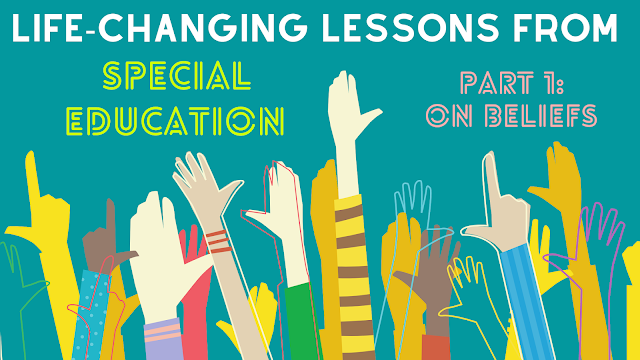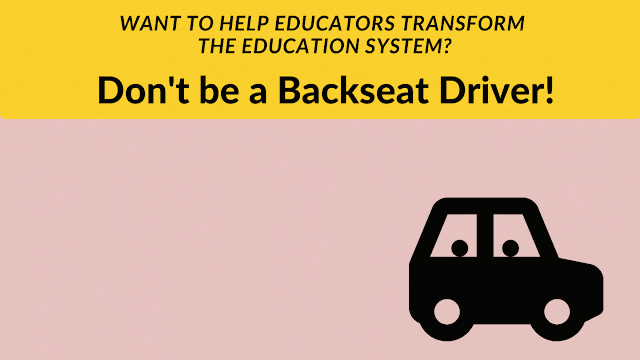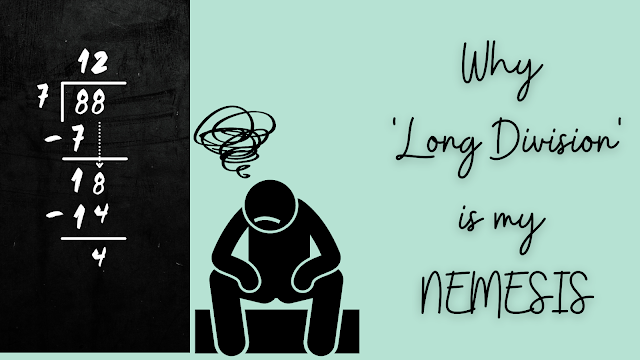Beliefs about Inclusion and Equity that you should be adopting
The idea: The massive progress we have made as a society in the 21st century encourages us to re-evaluate our existing paradigms and redefine what we believe is possible. I believe social and technological advances today have readied us to embrace ‘Neurodiversity as the norm’ and thereafter ‘Universal Design’ Approaches.
I spent 5 years working at a special education school. That wonderful experience and community has dramatically impacted my outlook on learning and life. This 3 Part blog is me taking stock of the important principles I have learned (1) About Beliefs (2) About Learning (3) About Teaching. Maybe some of them will be useful to others too!
This is Part 1 - On Beliefs
Here is the link to Part 2 - On Learning
Here is the link to Part 3 - On Teaching (coming soon)
Life Changing Lessons From Special Education: About Beliefs
It is time to embrace ‘Neurodiversity as the norm’
‘Neurodiversity as the norm’ is more than Inclusion. This is a fundamental belief that diversity is natural, expected and beautiful. For decades we have been living in the industrial paradigm - ‘This is Standard, everything else is not and must be adjusted to the standard’. And we applied that to our children too in schools. Yes, our Inclusion efforts are needed to adjust gaps that exist in our schools and society due to this old outlook. But the world view that we should be striving for today is ‘Neurodiversity is the norm’.
I think it is important to mention this too - I do not believe our old ways existed because of a lack of good intentions or effort. Turning ‘neurodiversity is the norm’ from an idea to meaningful action is complex work. I am a pragmatist and must acknowledge that even with the technological and social progress we have made today it is challenging work. But before these advances of today’s world, it may not have been realistic or feasible to implement with success. But I truly believe that now, it is not just essential, but with systematic effort, attainable.
It is time to embrace ‘Universal Design for Learning’
Universal Design for Learning (UDL) is the idea that we should Design for All Learners or Design for Diversity. It is a shift away from the ‘medical model of disability’ where we look at the learner as having problems that need fixing. Once ‘fixed’, they will be able to access the Learning that has been designed for ‘typical’ learners. UDL principles tell us that good design allows all possible learners to access the learning. Easier said than done, but it is important to recognize the difference in the fundamental belief. More on UDL in my part 3 of this post on 'Teaching'.
Again here I want to state the UDL is complex work, and I don’t think we have enough empirical research or universally applicable models to claim that we have mastered this yet. I definitely don’t know how to implement it successfully yet. But I believe the world is ready for this UDL challenge. For example, today many of the challenges of accessibility can be solved with mainstream technology. I truly believe that now, it is not just essential, but with systematic effort, attainable.
It takes a village
I had the opportunity to interact with several families of students with special needs and learn their stories. It was a privilege. It expanded my understanding of determination, joy, love, resilience and community tremendously. It also allowed me to understand the very unique and often compounding challenges (financial, social, emotional) faced by them. During this time, I also had the opportunity to interact with people/ institutions that were actively working towards a more inclusive world. From their stories I learned about their passion and deep commitment to the cause, but also about the challenges (financial, expertise, resources etc.) that came in the way of realizing their vision.
My biggest takeaway? No single champion for this cause, no matter how committed, can do this alone. It takes a village i.e. it must be a system-wide (read more on Multi-Tiered Systems of Support) and community-wide effort to achieve Inclusion/Neurodiversity as the norm/ Universal Design for Learning. A parent, a policy, a school, an individual, a teacher, by themselves is not enough. Individuals in society interacting with each other, all kinds of educational Institutions - not just schools, Workplaces, Government - all must recognize the significance of this new paradigm and support it for this positive transformation to occur.





Comments
Post a Comment